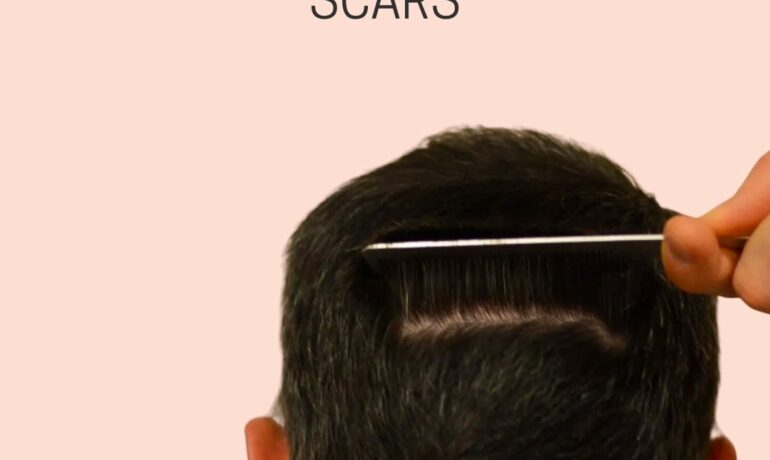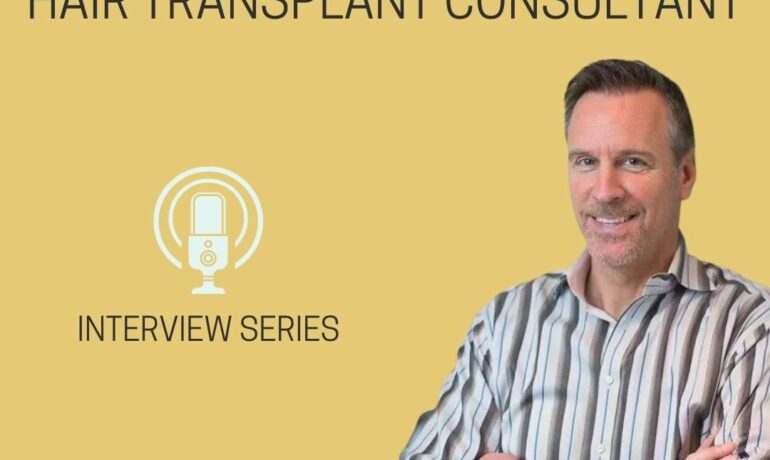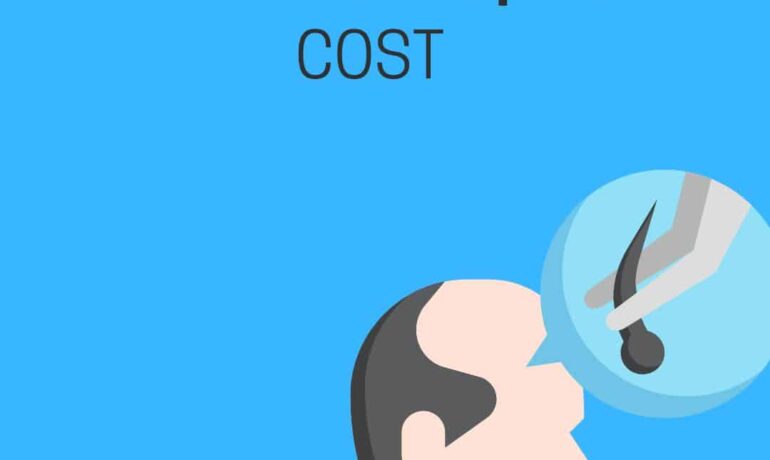Hair Restoration Tour interviews Doug Kline, lead hair transplant consultant at Hasson and Wong In Vancouver BC
Read MoreIf you are in the beginning stages of researching hair transplant surgery, one of the first topics you are most likely investigating, is the cost of hair transplant surgery.
Read More





